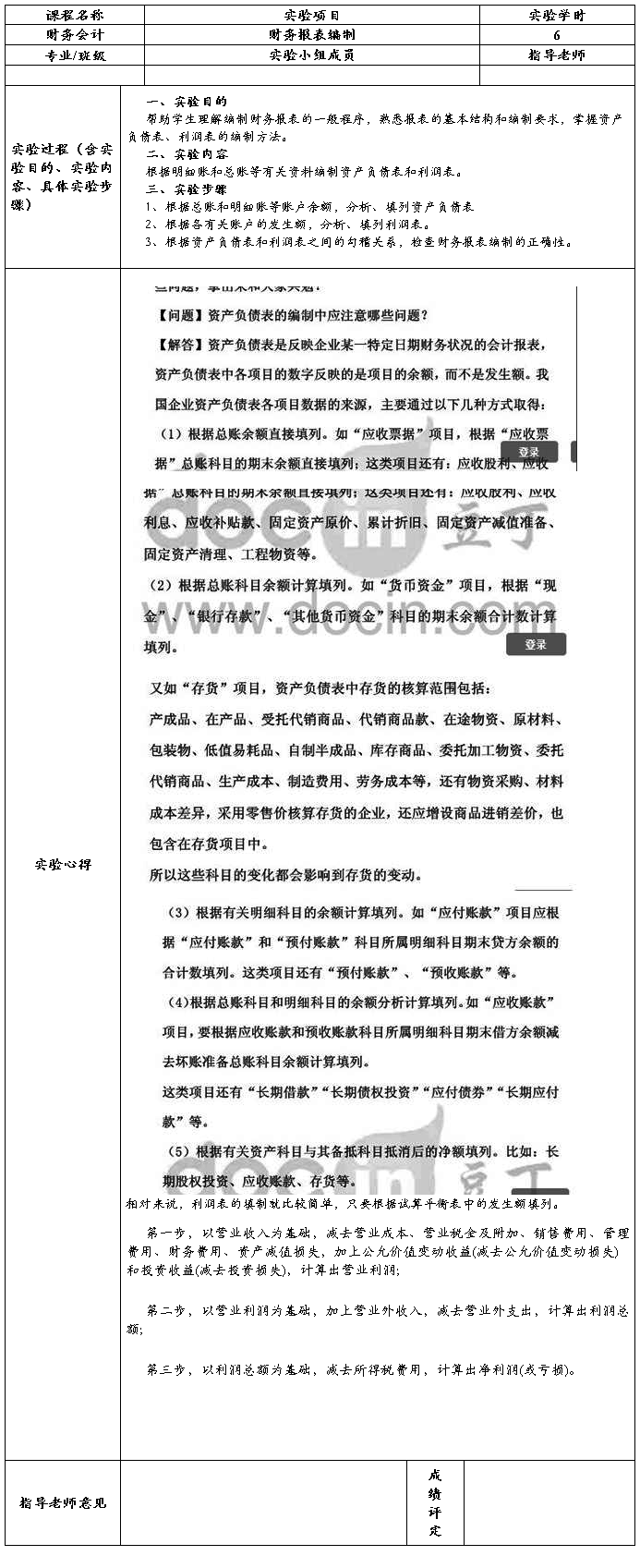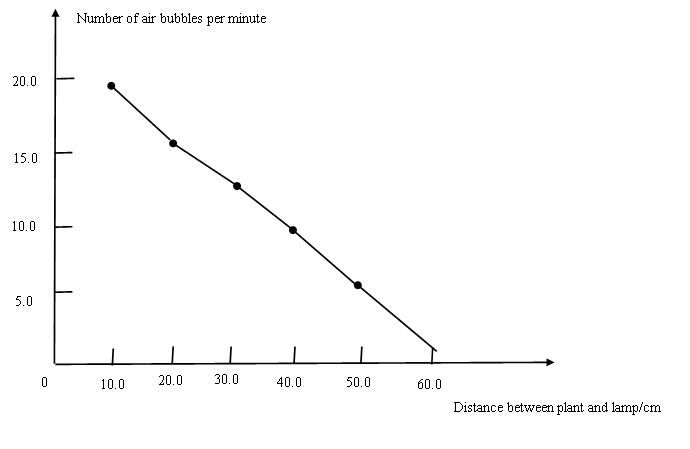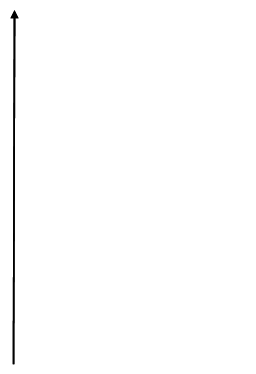会计报表实验报告1111
会计学院学生实验报告

第二篇:1111有具体标注的生物实验报告完整版
The experiment report about effects of different light intensities on the rate of photosynthesis
Name:
Date:Dec. 25th 2013
1. Abstract
Nowadays, we are indeed living in an age that seems to be traveling faster than the speed of light. Meanwhile, an increasing number of individuals are focusing much of their attention on exploring the effect of different light intensities on the rate of photosynthesis so as to think out some effective measures to solve current severe environment problems. As we have already known that the relationship between photosynthesis and light intensity can be fully reflected by experimenting with a kind of water plant. It can be justified without any exaggeration that this experiment has long been regarded as of great theoretical interest by students all over the world. The light intensity over portions of the water plant was reduced and changes of chlorophyll content, cell number as well as response of photosynthesis to light intensity were all determined. The results of this experiment will describe the ways in which light affects the growth and development of plants by observing the water plant.
2. Background Introduction
In order to show that the rate of photosynthesis is greatly related to or affected by the intensity of light provided to a plant, this experiment has been done recently. Exactly speaking, the basic principle of this experiment is to guarantee the same external factors. Maximum photosynthesis has long been regarded as the highest rate of photosynthesis that a plant species attained under optimal conditions. Plants need light energy to make the chemical energy needed to create carbohydrates.
Increasing the light intensity will boost the speed of photosynthesis. However, at high light intensities the rate becomes constant. Earlier work has made the previous light regime uncontrolled (Stepanek 1965) or laboratory cultures (Jorgensen and Steemann Nielsen 1965) found that it is difficult to obtain the light frequently under high intensities. Admittedly the chlorophyll content of the water plant rose quickly, but the chlorophyll content of the mat just rose slowly or not at all. The photosynthetic response of the water plant to full and the sunlight also changed slowly or not at all. It is well-known that methodology for quantification of both chlorophyll and photosynthesis has been described thoroughly (Brock. 1967). Light has been the primary factor which has great effects on photosynthesis and growth, what’s more, it has been repeatedly demonstrated.
The graph1 mentioned below provided the information about how the light intensity affects the rates of photosynthesis of different plant types, which is measured as percentages of their maximum photosynthesis. This is a great discovery in this field. It goes without saying that temperature is measured with thermostats, it often checks occasionally against mercury thermometers. The light meter previously had been checked against the solar meter and was reasonably accurate. The light intensities used for the experiments have represented integrated values for the periods of incubation.

Graph1. How the light intensity affects the rates of photosynthesis of different plant types
3. Methods
Method:how to control variables 以及 How to collect data
更深层次论证 conclusion
Limitation/weakness/error 主观原因对实验产生的影响不算
Improvement
Data collection: design a table raw data
Photosynthesis is a process that plants use light energy to make food, or a reduction process that makes complex organic molecules from simple molecules. In this experiment, there are five groups in total. Specifically speaking, the first group is consist of Charlotte and Susan, the second group is Kallian and Vera, the third group is Emma and Tracy, the fourth group is Vicky and Alicia, the last group is Maggie and Beckham. Count the number of oxygen bubbles given off by the plant in 1 minute period. This is the rate of photosynthesis at that particular light intensity.
3.1 Material
Strictly speaking, the apparatus used in this experiment are listed as follows: 500 cm3 beakers, Metre rule, Bunsen burner, retort stand, lamp with 60W bulb, thermometer, large test tube or boiling tube, tripod stand. Besides, the materials are 5 cm water plant,10 cm cotton thread, dilute sodium hydrogen carbonate solution, fresh water plant(e.g. Cabomba or Hydrilla), small stone, supply of hot water.
3.2 Procedure
As to the experiment, there is no denying the fact that the procedure or we say the specific step that we conducted is of great importance. After taking the materials as well as apparatus that we have already choused into consideration thoroughly, moreover, we also integrate the understanding of how photosynthesis takes place in plants, which has fully indicated the most suitable factor to be measured when it comes to discussing the rate of photosynthesis. All the members participated in this experiment have regarded the following steps as the best and fantastic one.
I. Examine all the apparatus and materials that needed;
II. Cut out a piece of water plant about 5 cm long;
III. With only one lamp (60 W bulb) and a metre rule, it is time to set out the apparatus as shown in Figure 1 with the cut end of the plant facing upwards;

Graph 2. Setting of apparatus.
IV. Place the lamp 10.0cm and count the air bubbles released from the cut end of the plant when they are coming out at a regular rate, the time is 1 minute. Then Place the lamp away from the water plant 20.0cm, 30.0cm, 40.0cm, 50.0cm, 60.0cm respectively, and record the number of air bubbles released in 1 minute. (Note that every time the light source is placed nearer to the beaker, the plant is exposed to a higher light intensity. The reason why we do it like this is mainly because it ought to allow a few minutes for the plant to adapt to each new condition before taking readings).
V. With the same apparatus and materials, just as the first group has already done, the rest four groups repeat it just as what have mentioned in step IV.
VI. Record observations in the table 1.
VIII. Tabulate results and calculate the average number.
4. Results
In this part, experiments have been done to measure the specific rate of photosynthesis of the water plant under the six different light intensities, others are10.0cm, 20.0cm, 30.0cm, 40.0cm, 50.0cm, 60.0cm. Photosynthesis frequently occurs in chloroplasts which are often found in the interior cells of leaves.
According to the results given in Tables 1, the raw data about average number of air bubbles released per minute has been properly and appropriately processed, it shows clearly that as the distance between plant and lamp becomes increased regularly, the number of air bubbles decreases gradually. That is to say the rate of photosynthesis falls as light decreases.
Table1. The detailed results of the number of air bubbles released from the cut end of the plant.

As is shown in Fig.1, the line is drawn by relying on the figure in table 1. It gives us an overview of the relationship between number of air bubbles per minute and Distance between plant and lamp. As shown in Fig.2, the horizontal axis refers to distance between plant and lamp. The vertical axis refers to number of air bubbles per minute. This figure can make people have an overall understanding of the number of air bubbles released from the cut end of the water plant.



 To be more exact, the rate of photosynthesis per unit of sunlight can be calculated by using these data, and then the efficiency of light utilization could be determined. It goes without saying that the efficiency of light utilization is usually greatest at the highest light intensities. The overall equation for photosynthesis is mentioned in the following part and it really plays an indispensable role in the analyzing and calculating process. The formula tells that it is light that provides the energy and energized electrons are added to carbon dioxide so as to make sugar. While the given formula tells us that the amount of O2 are closely related to the required CO2. The light reactions generate ATP and NADPH. In this experiment, it is obvious that the more number of air bubbles, the more O2 it releases. To some extent, they are equal to each other.
To be more exact, the rate of photosynthesis per unit of sunlight can be calculated by using these data, and then the efficiency of light utilization could be determined. It goes without saying that the efficiency of light utilization is usually greatest at the highest light intensities. The overall equation for photosynthesis is mentioned in the following part and it really plays an indispensable role in the analyzing and calculating process. The formula tells that it is light that provides the energy and energized electrons are added to carbon dioxide so as to make sugar. While the given formula tells us that the amount of O2 are closely related to the required CO2. The light reactions generate ATP and NADPH. In this experiment, it is obvious that the more number of air bubbles, the more O2 it releases. To some extent, they are equal to each other.
Light
 6 CO2 + 6 H2O C6H12O6 + 6O2
6 CO2 + 6 H2O C6H12O6 + 6O2
Chlorophyll
5. Discussions
In this section, a further explanation about the real meaning of the experiment data will be conducted. The experiment’s results prove the hypothesis that the more intensity the light is, the higher the rates of photosynthesis will be. It is no difficult to find that when the distance between plant and lamp is 10.0 cm, the average number of air bubbles per minute is approximately 19.8, which is 14.4 higher than when the distance is 50.0cm. Moreover, when the distance is 20.0 cm, 30.0 cm, 40.0 cm, the recorded average number of air bubbles per minute is 15.2, 13.6 and 8.6 respectively. Last but not least, when the distance is 60.0 cm, the fastest one among the six given independent variable, the number of air bubbles per minute is only 1. There are two types of photo systems cooperate in the light reactions. Photo systems harvest light energy mainly by chlorophyll, the chlorophyll molecules absorb photons.
Judging from this, there is also few reasonable doubts or possible flaws in the experimental design. The systematic and random errors or we say the weakness presents in the experimental design is
Also the one has to be mentioned here is that the number of air bubbles is also not that correct.
6. Conclusion
要注意的:
DCP:
Uncertainty standard deviation 标准误差,偏差,背离
是一定要有的数据,而且求出的数据要以error bar 的方式体现, rate of photosynthesis 也算一下。
CE:Limitation improvement 找出实验本身的问题
太文绉绉了,一个客观的从理论出发的并且是DCP和CE的总结。Present processed data 的graph
In conclusion, the method is really suitable, the comparing and calculating process is worthy to be thought twice and then applied it into other similar experiment in the future. Besides, the results of this experiment can be summarized as follows. First and foremost, it has clearly shown how to use this apparatus to determine the effect of different light intensities on the rate of photosynthesis. Most importantly, it makes it clear that the rate of photosynthesis is closely related to or affected by the intensity of light provided to a plant, strictly speaking, the efficiency of light utilization is usually greatest at the highest light intensities. Admittedly, there are many other content that can be listed here, but the three mentioned here are the major ones. In short, this experiment has laid a solid foundation for the further exploration of relations between the light intensity and the rates of photosynthesis.
References:
1. Stepanek 1965. Numerical aspects of nannoplankton production in rcscrvoirs, p. 293- 307. In C. R. Goldman [ed.]. Primary productivity in aquatic environments. Univ.Calif. Press, Berkeley.
2. Jorgensen and Steemann Nielsen 1965. Adaption in plankton algae, P37-46. In C.R.Goldman [ed.], productivity in aquatic environments. Univ.Calif. Press, Berkeley.
3. BrockK, T. D. 1967. Relationship between standing crop and primary productivity along a hot spring thermal gradient. Ecology, 48: 566-571.
-
财务报表分析实验报告综合分析
重庆工商大学会计学院财务报表分析课程实验报告实验项目名称财务报表综合分析实验时间实验地点80802实验班级20xx级会计专业班姓名…
-
财务报表实验报告
财务报表实验报告实验目的掌握资产负债表的编制方法掌握利润表的编制方法了解现金流量表及现金流量表补充资料的编制方法此实验是培养我们掌…
-
财务报表分析实验报告资产负债表分析
重庆工商大学会计学院财务报表分析课程实验报告实验项目名称资产负债表分析实验时间实验地点80802实验班级20xx级会计专业x班姓名…
-
会计实训实验报告
实验报告一实验目的会计学是一门理论与实际相结合的学科对会计学的学习不能仅仅局限于对理论知识的学习而要重要的是对实务的练习会计实验课…
- 会计实验报告(会计报表分析)
-
《ERP软件Ⅰ》实验报告 (财务管理)
实验报告课程名称ERP软件实验课所在班北校区401班级与班级代码3班专业财务管理指导教师陈玉珍学号1025020xx26姓名李嵘昕…
-
大连理工大学网络教育学院生产实习报告报表
大连理工大学网络教育学院生产实习报告报表6与工人和基层生产干部密切接触学习他们的优秀品质和先进事迹7虚心学习了解具体施工细节学习工…
-
电子表格处理实验报告
深圳大学实验报告课程名称计算机基础项目名称电子表格处理学院材料学院专业指导教师王志强报告人彭琼学号20xx20xx40实验时间20…
-
ERP实验报告要求第五章薪资管理系统
总站系统实验报告专业班级学号姓名实验时间课时数实验名称薪资管理系统以下内容字体小四单倍行距整篇报告至少3页其中实验总结至少1页一实…
-
《供应链管理》实验报告模板
学生实践报告(文科类)课程名称:供应链管理专业班级:物流管理3学生学号:XX学生姓名:所属院部:商学院指导教师:20XX20XX学…